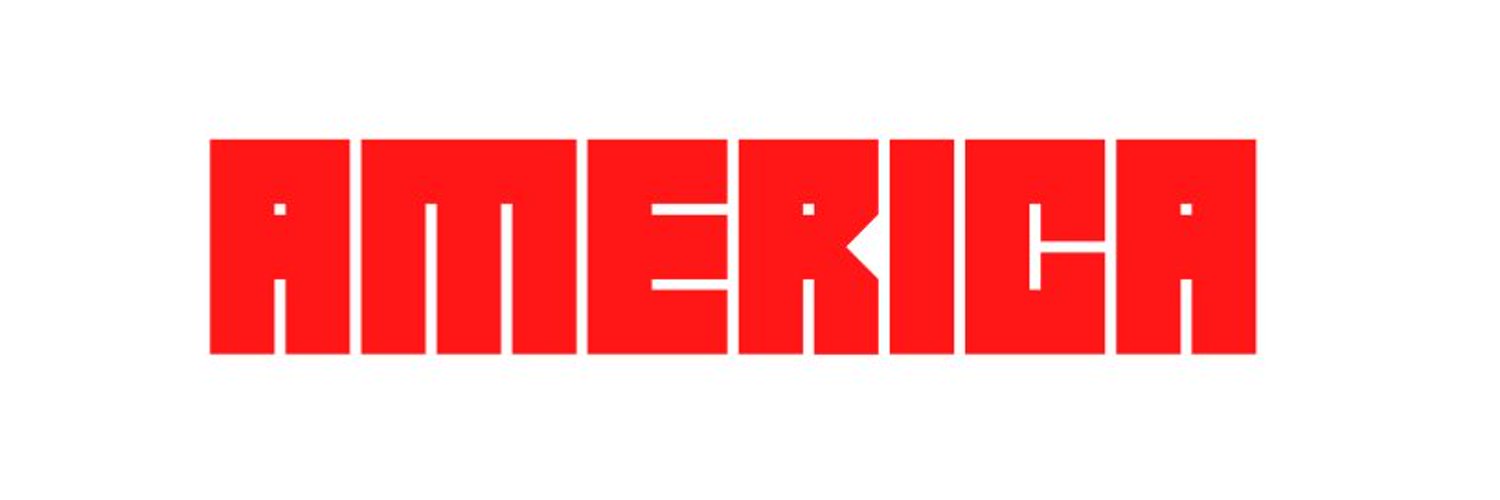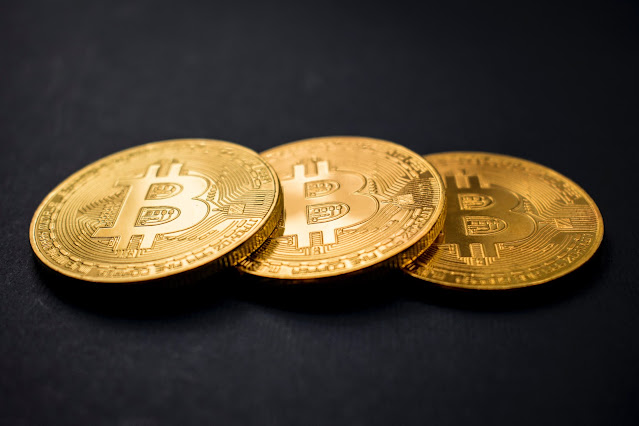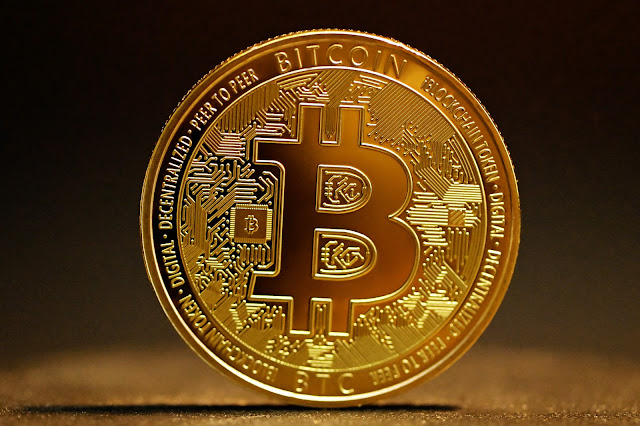What is Bitcoin?
Bitcoin is the first and most common cryptocurrency, even known to those for whom and cryptocurrencies generally represent a mysterious mystery, some think it is suspicious and complex, some consider it suspicious, others see it as a fascinating and revolutionary development both in the financial and technical sphere, through this lesson we will shed more light on to learn about its beginning, what it is, and how it operates.
What is the main purpose behind creating Bitcoin?
The beginning of the idea was in 2008, as a response to the major global financial crisis, which has severely affected the world's economic systems due to the financial world's reliance on banks as a broker for all financial transactions and amid public discontent with banks and financial governance systems, the idea of separating banks from financial transactions has grown, The idea of decentralization, which means that transactions, whether transfers or electronic payments are made without the need for confirmation or certification by a third party; In this way, it can be said that we do not need banks to participate in each transaction.
The main purpose and motivation for the creation of a digital currency, bitcoin, was to be the entire financial authority over the funds of the bearer, or to acquire them instead of an intermediary bank that maintains, monitors, or certifies the execution of its transactions or restricts them, and away from a government with the power to seize them, but there were two important factors without which the idea would not succeed, namely security and privacy.
Thus, Bitcoin was created as a method - before it was a currency - for people to participate in financial transactions without relying on banks or governments. Based on the notion of peer-to-peer peer peer-to-peer, the method is derived from the online data transfer mechanism known as torrent, where files are shared via a decentralized sharing network of peer-to-peer users (P2P), for example, if you want to upload a file from the Internet, instead of uploading it from a private server or server - Gives you access or blocks you, or monitors you - torrent software divides files into parts and transfers them to devices from your predecessors in uploading the file, And when you want to upload the file, they all become your providers. And once the first part of your device comes down, it becomes a stretch for those who come after you. You all have the file, and you all know that there's someone who provides us with parts, and there's someone who receives. with no specific knowledge, and the film finally reaches its destination.
In the same way, as bitcoin was created, no one controls your money, and transactions are created, secured, and verified thanks to encryption that divides the data and information of each transaction into parts distributed encrypted on shareholders' devices, to be verified and secured by the secured decentralized network without any restrictions of any kind.
History about the beginning of Bitcoin?
Bitcoin is the first cryptocurrency, created by an anonymous person/team under the name "Satoshi Nakamoto" in 2009 who indicated that he started writing her code in 2007, created a website under the name of bitcoin.org, and continued to collaborate with other developers on bitcoin programming, and many encryption experts and blockchain technology estimate that Nakamoto - Person or group - has mined about 1 million pieces of bitcoin, which was then a kind of central currency of governance because all the keys to controlling and accretion in the network were with Nakamoto before it disappeared in mid-year 2010.
Before Nakamoto disappeared in mid-year 2010 he handed over the source code and network alert key to another developer called "Gavin Andreessen", a 3D graphics developer and designer and VR software, residing in Amerets, Hampshire County, Massachusetts. Then, Gavin Andersen aimed to decentralize management of the virtual money. This was the first step around the future development path of bitcoin to be on the picture we know today, which is kind of unlike Nakamoto's initially perceived control and power system.
Note: The first real bitcoin payment transaction was made by Laszlo Hanyecz - a Florida programmer, who was on the bitcoin developer team - where he paid 10,000 bitcoins to get two pizzas from Papa John's Papa John's.
2017 was a watershed year in Bitcoin history. The number of companies accepting Bitcoin continued to increase Japan has passed a law to accept bitcoin as a legal method of payment and Russia has announced that it will legislate the use of cryptocurrencies such as Bitcoin. As of 2019, the spread of Bitcoin has reached that there were approximately 5,500 Bitcoin BTC ATMs worldwide. In 2020, the Frankfurt Stock Exchange acknowledged the quotation of its first exchange-traded bitcoin note (ETN), and PayPal announced that it would allow its users to buy and sell bitcoin on its platform.
What is Bitcoin?
At the outset, we must make it clear that there is a difference between bitcoin as a system or a project and bitcoin as a digital currency.
Bitcoin is a decentralized currency where its system operates without the interference or control of a central bank, manager, or even an intermediary, and all its user-to-user transactions through a decentralized network of contracts with cryptography-encrypted cryptography information and data distributed among all parties of the network's shareholders by peer-to-peer mechanism or peer-to-peer, The validity and validity of these transactions are verified by the transaction log distributed on a giant network of blocks powered by serial block technology or Blockchain.
Bitcoin is the origin of the most popular and popular cryptocurrencies, but there are thousands of other cryptocurrency cryptocurrencies, but it is commonly known as alt-coins.
BITCOIN is a set of computers used in its mining - also referred to as contract or minerals - that run bitcoin code and store its blockchain. In each block a set of transactions. All computers/contracts operating blockchain have the same list of blocks and transactions as encrypted parts.
Bitcoin digital currency is kept in the so-called digital wallet These portfolios have a unique bitcoin address and are safe. They can only be accessed via unique passwords called keys, a public key, which is the key that a wallet holder or digital currency owner uses to deploy to receive transfers from bitcoin BTC to it. A private key can authorize the transfer of bitcoin from their portfolio to another wallet.
How does bitcoin work?
Every transaction made through the Bitcoin BTC digital currency is recorded on the blockchain network or blockchain, and the blockchain is the network's main notebook or record, a kind that looks like a giant table or database. They are maintained and monitored by many people around the world. Every person - considered - is in front of a special computer called the Node knot name. Each of the nodes constituting the network validates the new blocks added to the chain.
New transactions are grouped into blocks and added to the blockchain. To provide validity for new blocks, it is done by a mechanism called proof of work or proof of work and is abbreviated POW, which is by solving a difficult encryption puzzle. Where this puzzle-solving process is considered mining, this coin requires high computing capacity and great electrical power to operate, as ordinary personal computers do not fit in such a process.
The concept of PoW is simply that it is a decentralized consensus process that requires shareholders - Contract - in the network to make an effort to try to solve the complex encrypted puzzle to prevent anyone from manipulating the system, and the proof system is widely used in cryptocurrency mining, to verify the authenticity of transactions and the mining of new digital coins, whereby any Bitcoin transaction can be processed in a secure manner and with the highest degree of privacy without the need for a third party
Bitcoin BTC as a currency is rewarded to those who succeed in solving the puzzle and deciphering, and the simple concept of that science is that it is a process of researching and inferring knowledge from an enormous set of data without preconditions for what this data can be. Exactly as whoever tries to drill into a mountain of rocks without knowing whether it contains a known type of mineral or not, to extract the minerals in it, over the coming lines, we will learn more about the idea of mining.
Bitcoin Mining
Mining is no different from Bitcoin than the same idea - theoretically - when mining or exploring gold or silver, for example, the difference is that Bitcoin mining was done using gigantic devices, computers, and processors instead of rock drilling equipment to search for and explore solutions to puzzles in encrypted content, codes and complex mathematical algorithms instead of rocks.
Bitcoin mining is the process of keeping transaction records through the use of automated computer processing power Miners keep the chain record-keeping blocks within the blockchain network consistent and complete without altering or switching with the collection and validation of transactions and the addition of new transaction blocks to the blockchain, Each block consists of a partial encryption code from its previous block using a hash algorithm which connects the blocks between them and gives the chain of blocks its name.
For the rest of the network to accept the new block, the block must contain the so-called proof-of-work proof, this proof requires the miner to find a code number named after him. "Nunes" or Cryptographic nonce which is a random value used only once, this code number is easy to verify on the network, but the mining person has to try a huge number of values of this "Nunes" such as 1, 2, 3,... And so to get to the right value.
To see how difficult it is to reach this value, we should know that in March 2014, it was expected that the number of Nunes that were mining bitcoin BTC had to experience to create the new block was about 14.6 quintillion - quintillion = 18 zero by one side - and the number increased in a year to 200.5 quintillions.
As of July 9, 2016, whoever succeeds in adding a new block to the Blockchain series is rewarded with 12.5 Bitcoin from the newly created. This bonus is listed as Coinbase and is processed on the basis that it is a payment transaction. and all Bitcoin BTC pieces formed by mining enter the network by this Coinbase because it was originally a reward to those who made and succeeded in the mining process.
It is worth mentioning that not everyone who makes bitcoin mining is rewarded as there is intense competition between those who mine for solving the puzzle, and only one wins. This solution offers a puzzle code, or proof of action. The contract on the network verifies that the solution is mathematically correct and adds that block to the blockchain to verify transactions in it, when it gets rewarded
The Bitcoin Protocol states that the bonus of adding the new block is reduced for half every 210 thousand blocks formed - approximately every four years - until it reaches zero when we reach the maximum Bitcoin of 21 million Bitcoins, and records are saved and their time is rewarded only on transaction registrations and transfers rewarded by the transaction.
For the difficulty of Bitcoin mining, which requires very expensive computers and processors, many prospectors resort to the idea of cloud exploration, which is provided by many companies that provide such devices and computers and lease space for you on a special server to do mining without other logistics burdens.
Transactions, transfers, receipt, possession, and expenditure of bitcoin
How does someone own bitcoin?
The answer to this question is very simple, in the blockchain that we talked about every bitcoin is registered in the so-called bitcoin addresses created this address is only a choice for the private key and computing the corresponding address, This coin occurs in a split second, knowing that these special keys are so many that it is impossible to choose a previously selected key. Bitcoin address refers to the source or destination of a Bitcoin BTC transaction. If you wish to send Bitcoin to someone, you can send it from your Bitcoin address to that person's Bitcoin address, exactly as an email is sent.
Note: Once Bitcoin Address is first used, it reveals its identity and discloses its previous transaction data, and anyone within the network can access the balance and all transactions from any address, since the chain of blocks is permanent Bitcoin addresses should be used only once and a new Bitcoin address should be used every time you receive a new transaction, to preserve your privacy.
To get a Bitcoin address, you first need to create and download a Bitcoin wallet, a software that allows you to send, receive and store Bitcoin cryptocurrencies securely within the Bitcoin network, and these wallets also store your own key, which is basically your Bitcoin password. The software will create a brand new Bitcoin address for you every time you transact sending or receive payments from Bitcoin BTC.
To be able to spend Bitcoin, the owner must know the key to his address and sign the Digital Signature conversion process for certification. in which the fragmentation of the previous transaction and the general key of the next owner are signed and added, The converter can also verify the signatures to verify the ownership chain. The transaction is then verified through the network using the public key.
If someone fakes a deal or transaction by changing the block that was pre-stored in the Blockchain, the hash algorism key of that block will change. If someone checks the validity of that block by checking its hash, they will find that the hash is different from the one that was stored beforehand. The falsification of the block will be detected and the transaction will not be certified.
Bitcoin Wallet Types
Bitcoin wallet is the electronic interface of a user's bitcoin coins where it is a software in a computer or mobile device or even through the web, The wallet retains the user's bitcoin balance but does not actually contain the same digital currency Bitcoin blockchain ", but stores the user's bitcoin address and private key to access bitcoin blockchain, When people pay, wallets use the key to digitally sign transactions that prove digital currency ownership in the network.
There are four types of Bitcoin wallets you can use, namely mobile debris, web, desktop, and hardware physical bitcoin wallet.
- Mobile Phone Wallets
Mobile phone wallets are the most convenient wallets to access But your wallet provider stores your key on the app that is installed on your phone, So if someone knows your phone passcode and accesses it It can easily send all your money to one of its bitcoin addresses, This security problem is usually solved by allowing fingerprint authentication - Available in many smartphones today - just open your mobile wallet app.
- Web Wallets
Web wallets are as convenient and seamless to access as mobile wallets, facilitating access to your bitcoins from anywhere and on any browser or even mobile device. But it also carries a similar risk, and if someone knows your entry data, they can hack your account and steal all your money, so it's important to secure your entry data as much as possible.
- PC/Desktop Wallets
Desktop wallets are software you can install on your computer. They are safer than mobile and web wallets, but still have some risks as hackers can still exploit security gaps in a desktop wallet, such as extracting unencrypted account recovery phrases, to steal your bitcoins, So just consider using a wallet that encrypts your private key and account restoration phrases, while enabling more than one type of data authentication to enter.
- Hardware Material Wallets
Physical wallets are similar to the idea of external hard drives or flash memory i.e. they are tangible electronic devices to save your bitcoins. They are parts of offline physical devices that you can connect to your computer to make payments or receive Bitcoin transfers and store them in a safe place when you finish managing your transactions. This type of cryptocurrency portfolio is the safest to store Bitcoin coins because it limits the exposure of your money to internet hacks and hackers.
Advantages and disadvantages of Bitcoin
Bitcoin Features
- Security: Special and secure transactions at any time with lower fees, with smooth execution, once you own bitcoin, you can move it anytime and anywhere, reducing the time and potential cost of any transaction.
- Privacy: Transactions do not contain personal information such as name or credit card number, eliminating the risk of consumer information being stolen due to fraudulent purchases or identity theft.
- The potential for significant growth: some investors who buy and maintain the currency bet that over time and its popularity and popularity as a currency, greater confidence and use will follow, thereby increasing demand and value.
- Decentralization: It is the primary and first purpose of its creation, as it is an alternative virtual currency for traditional cash that can avoid traditional banks or supervision and government authority. This means that all transactions from commencement to confirmation and certification take place within the decentralized network without the need for third parties.
Important note: Keep in mind that to open an account in a cryptocurrency or cryptocurrency trading platform or exchange, and when you want to buy cryptocurrencies against traditional currencies such as USD or EUR, you will most likely need to link a bank account or enter credit card data
Bitcoin defects
- Price volatility: The previous rise in bitcoin prices in 2017 was driven by the demand of speculators who rushed into the cryptocurrency market, especially bitcoin, and then fell more than 80% of its value by the end of 2018. Imagine that if you bought bitcoin on December 1 2017 you doubled your balance at the end of it, and if you bought bitcoin at the end of December 2017 you should have waited until December 2020 to recoup your losses.
- Hack & Hacking Concerns: Although blockchain technology backers generally claim Bitcoin is safer than traditional electronic money transfers bitcoin portfolios are an attractive target for hackers. There were many breakthroughs, such as in May 2019 when more than $40 million of bitcoin was stolen from several accounts on the digital currency exchange platform and Binance cryptocurrency assets
- Limited (but increasing) use as payments: So far we cannot say that bitcoin is globally widespread in the form that makes it a 100% effective alternative to traditional cash currencies, but over time bitcoin has gained popularity and acceptance, both by financial institutions and commercial companies and by individuals as users.
- Unprotected and uninsured: Insurance companies and investor protection in securities secure brokerages and remittances when they experience failure or theft, but this type of insurance does not cover cryptocurrencies







